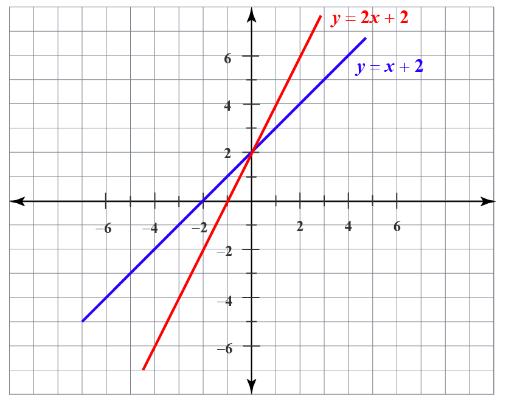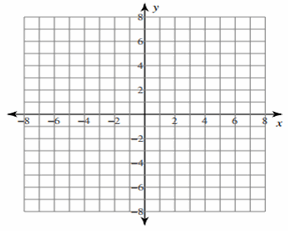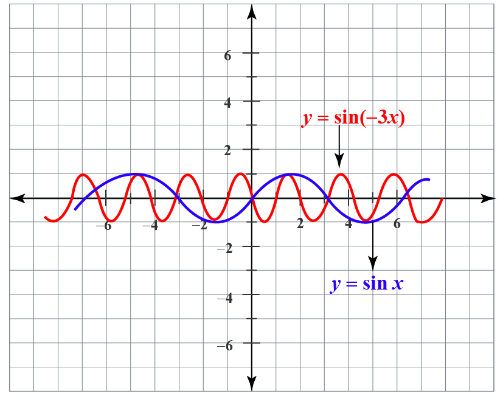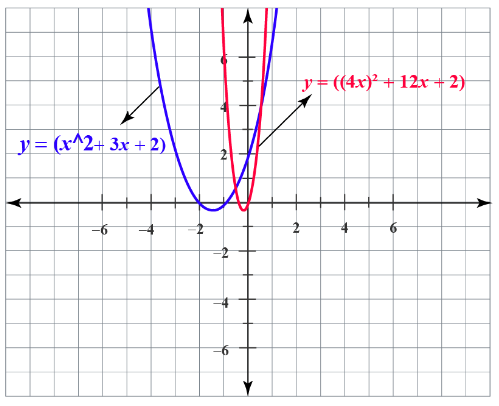How to Scale a Function Horizontally?
Horizontal scaling means stretching or shrinking the diagram of function along the \(x\)-axis. In the following guide, you will learn how to horizontal scaling.

Horizontal scaling refers to the shrinking or stretching of the curve along the \(x\)-axis by some specific units.
Related Topics
A step-by-step guide to horizontal scaling
Horizontal scaling means stretching or shrinking the diagram of function along the \(x\)-axis. The horizontal scale can be done by multiplying the input by a constant.
Consider the following example:
If we have a function,\(y=f(x)\), the horizontal scaling of this function can be written as: \(y=f(Cx)\).
Note:
- If \(C>1\), the graph shrinks.
- If \(C<1\), the graph stretches.
How is a graph scaled horizontally?
- Step 1: Select a constant with which we want to scale the function.
- Step 2: Write the new function as \(g(x)=fC(x)\), where \(C\) is the constant.
- Step 3: Trace the new function graph by replacing each value of \(x\) with \(Cx\).
- Step 4: \(X\) coordinate of each point in the graph is multiplied by \(±C\), and the curve shrinks or stretches accordingly.
Horizontal Scaling – Example 1:
Horizontally stretch the function \(f(x)=x+2\) by a factor of \(2\) units.

Exercises for Horizontal Scaling
- Horizontal scaling of function \(f(x) = sin x\) by a factor of \(-3\).

- Horizontal scaling of function \(f(x) =x^2+3x+2\) by a factor of \(4\).




Related to This Article
More math articles
- How to Divide Decimals by Whole Numbers?
- How to Teach Math in Elementary Grades
- Unlocking the Mystery: How to Add Fractions with Different Denominators Using Visual Models
- How to Transform Quadratic Equations?
- Geometric perspective: A Deep Dive into Polar Coordinates
- Full-Length GED Math Practice Test-Answers and Explanations
- The Ultimate ISEE Upper-Level Math Course (+FREE Worksheets & Tests)
- 7th Grade Georgia Milestones Assessment System Math Practice Test Questions
- Full-Length ATI TEAS 7 Math Practice Test-Answers and Explanations
- 4th Grade Georgia Milestones Assessment System Math FREE Sample Practice Questions


























What people say about "How to Scale a Function Horizontally? - Effortless Math: We Help Students Learn to LOVE Mathematics"?
No one replied yet.